Customization Trends
Customization trends are emerging as a key driver in the Automotive Labels Market. As consumers seek personalized experiences, automotive manufacturers are responding by offering customized vehicle options, which include tailored labels. These labels can reflect individual preferences, such as unique designs, colors, and information specific to the vehicle's features. The trend towards customization is supported by advancements in printing technology, allowing for cost-effective production of small batches of personalized labels. This shift is particularly evident in the luxury and performance vehicle segments, where branding and personalization are paramount. As the demand for customized vehicles grows, the Automotive Labels Market is expected to expand, providing opportunities for label manufacturers to innovate and cater to this evolving consumer preference.
Regulatory Compliance
The Automotive Labels Market is increasingly influenced by stringent regulatory requirements aimed at enhancing vehicle safety and environmental standards. Governments worldwide are implementing regulations that necessitate clear labeling of automotive components, which includes safety warnings, material composition, and recycling information. For instance, the European Union's REACH regulation mandates that manufacturers provide detailed information on hazardous substances in automotive products. This regulatory landscape compels manufacturers to invest in high-quality labels that comply with these standards, thereby driving demand within the Automotive Labels Market. As a result, companies are likely to allocate resources towards developing labels that not only meet legal requirements but also enhance consumer trust and brand reputation.
Rising Vehicle Production
The Automotive Labels Market is experiencing growth driven by the rising production of vehicles across various segments, including passenger cars, commercial vehicles, and electric vehicles. As manufacturers ramp up production to meet increasing consumer demand, the need for effective labeling becomes paramount. Labels serve critical functions, such as providing essential information about vehicle specifications, safety features, and compliance with environmental regulations. Data from automotive production statistics indicate a steady increase in vehicle output, which correlates with a heightened demand for automotive labels. This trend suggests that as vehicle production continues to rise, the Automotive Labels Market will likely expand in tandem, creating opportunities for label manufacturers.
Technological Advancements
Technological advancements play a pivotal role in shaping the Automotive Labels Market. Innovations in printing technology, such as digital printing and advanced adhesive materials, enable manufacturers to produce high-quality, durable labels that withstand harsh automotive environments. The integration of QR codes and NFC technology into labels allows for enhanced interactivity, providing consumers with instant access to product information and maintenance guidelines. According to industry reports, the adoption of these technologies is expected to grow, with the market for smart labels projected to reach substantial figures by 2027. This trend indicates a shift towards more informative and user-friendly labeling solutions, thereby propelling growth in the Automotive Labels Market.
Consumer Awareness and Safety
Consumer awareness regarding vehicle safety and environmental impact is a significant driver for the Automotive Labels Market. As consumers become more informed about the importance of safety features and sustainable practices, the demand for clear and informative labels increases. Labels that provide information on safety ratings, material sourcing, and recycling options are becoming essential for manufacturers aiming to attract environmentally conscious buyers. This shift in consumer behavior is prompting automotive companies to prioritize labeling strategies that communicate their commitment to safety and sustainability. Consequently, the Automotive Labels Market is likely to see a surge in demand for labels that not only comply with regulations but also resonate with consumer values.
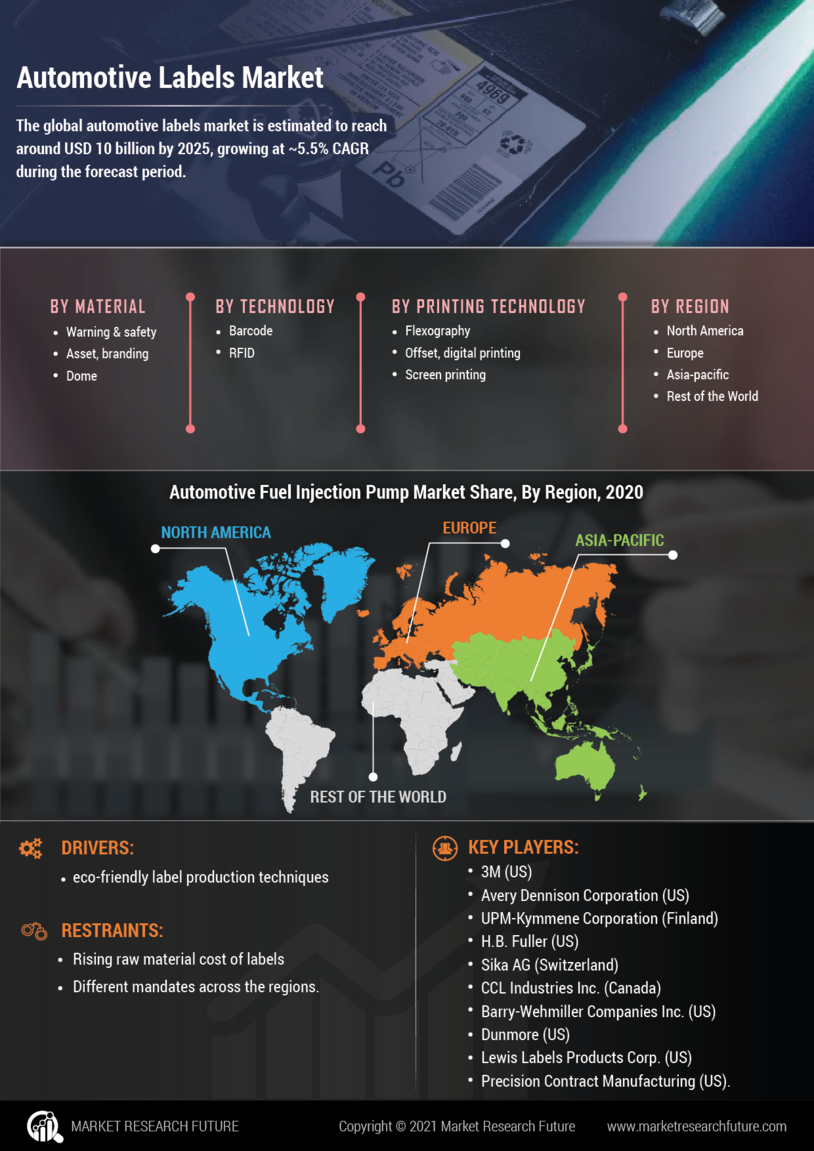

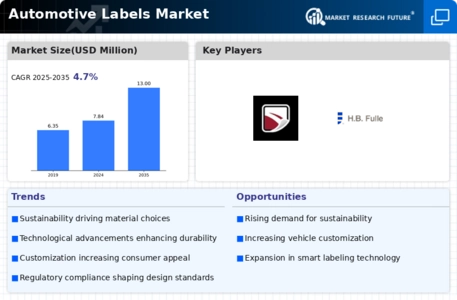

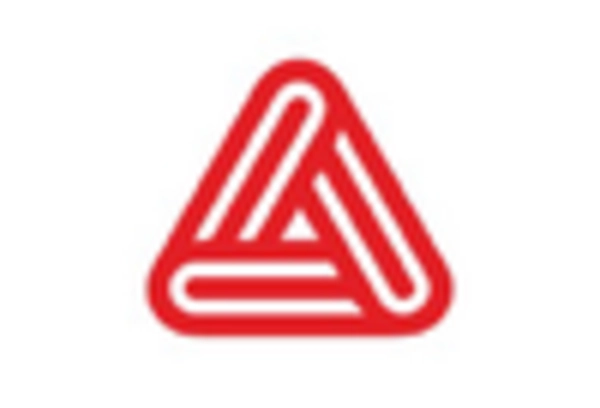
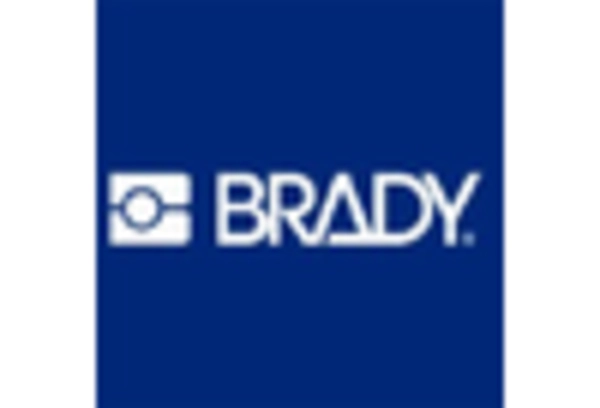

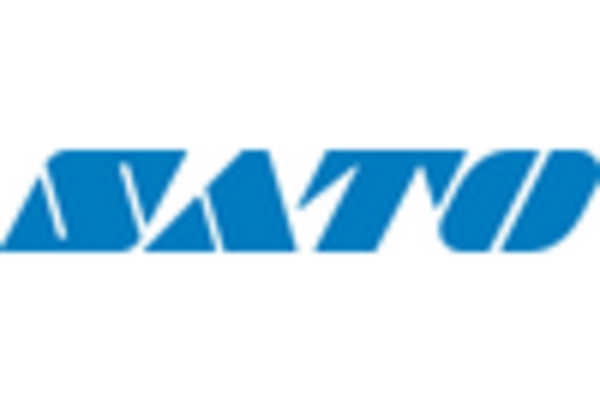
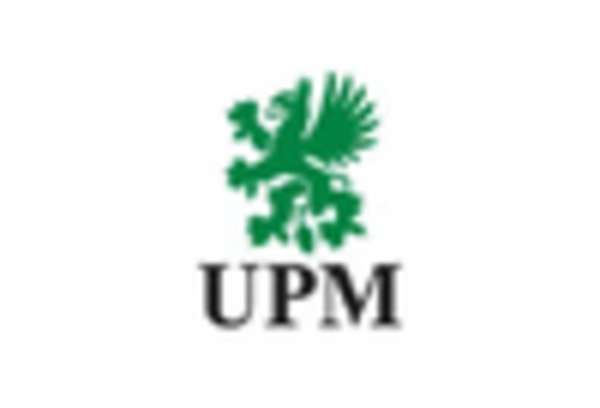








Leave a Comment